
The main reason why a pickup truck exists is to haul stuff. And generally, the bigger the vehicle, the more it can carry. But according to Consumer Reports, trucks these days are larger than they need to be. And the US-based consumer watchdog thinks that such vehicles pose a threat to pedestrians and drivers of small cars.
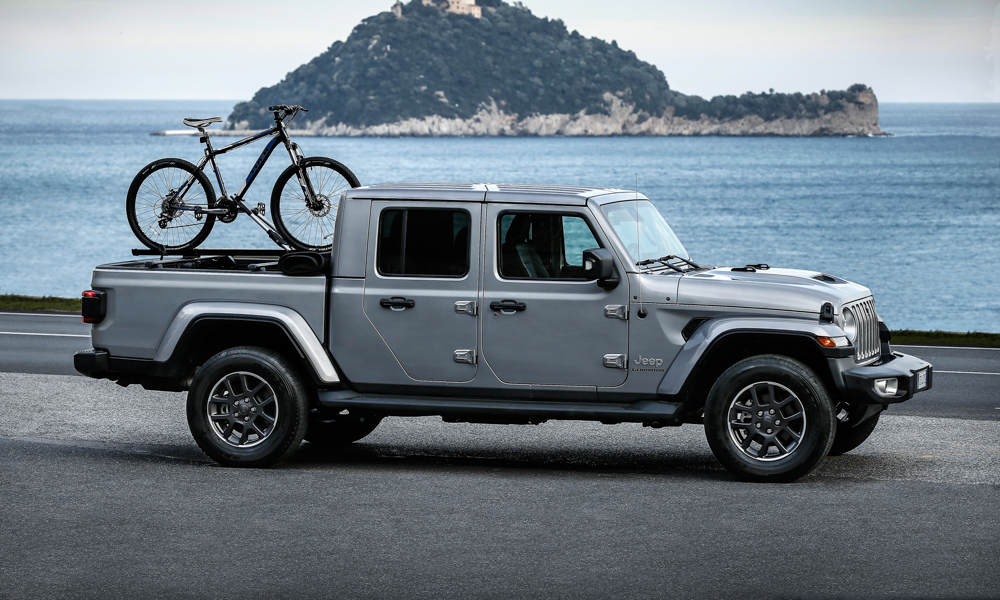
Such concerns may be valid given that in the US, trucks have generally become larger over the past two decades. That trend isn’t different from other vehicles. Cars tend to grow just a little bigger with each model change in a bid to offer more passenger space. But the issue with pickups is that there are drivers claiming that they don’t have a clear line of sight to pedestrians and small cars especially at the front.
That blind spot has apparently led to accidents, with Consumer Reports citing a 2020 incident involving a Jeep Gladiator fatally injuring a pedestrian on a crosswalk. The driver of the pickup claimed that he didn’t see the person, and no charges were pressed against him. It’s worth mentioning that the Gladiator is not even as big as a lot of trucks in the States like the GMC Sierra or the Ford Super Duty.
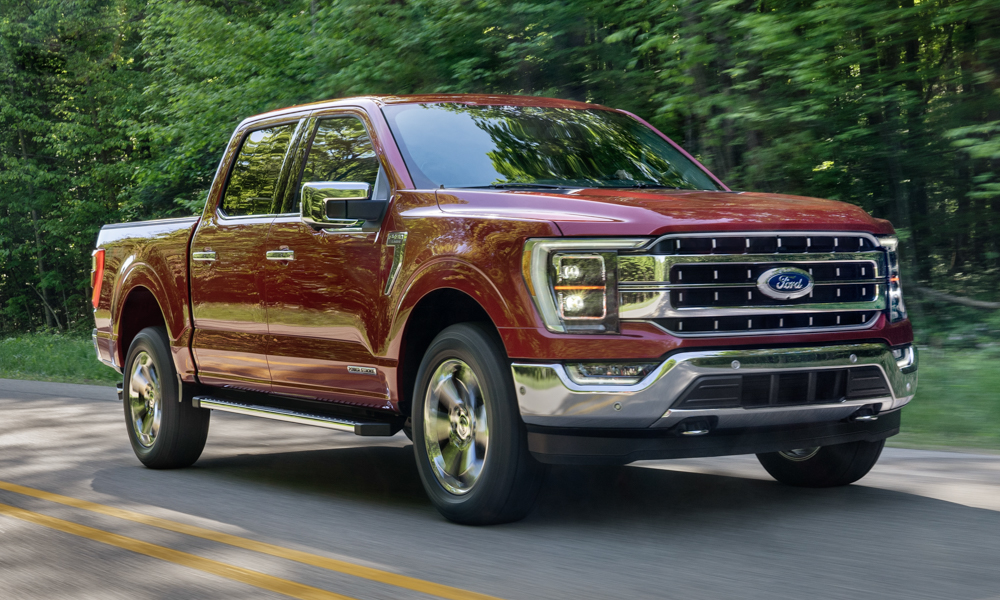
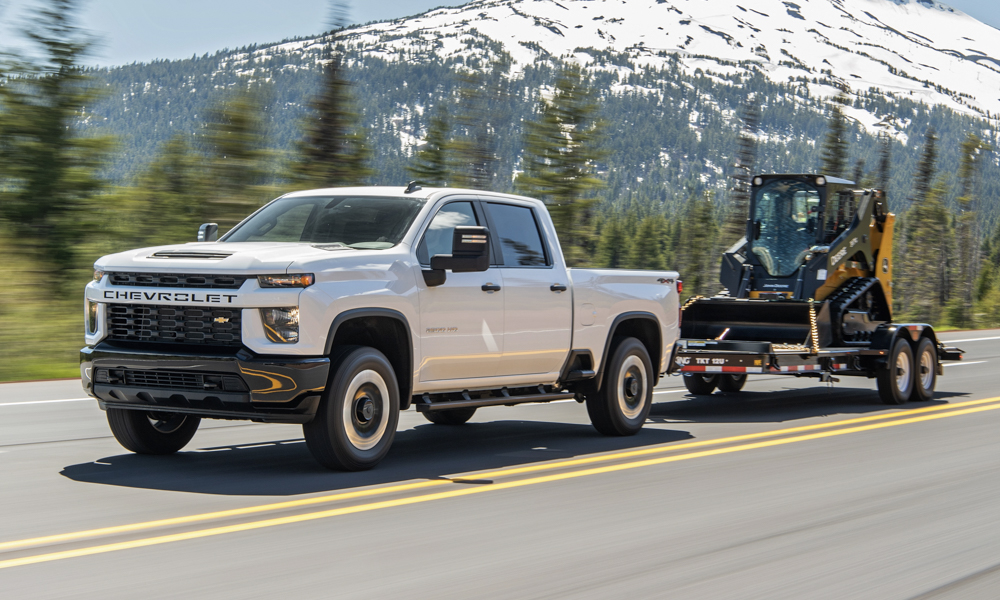
But while the scope of the Consumer Reports study is basically limited to the US market, the same line of questioning can be applied to the Philippines. A lot of Filipinos are buying pickup trucks these days, and it’s not unusual to see one parked on tight residential streets. These vehicles are getting larger with each model change, while the country’s road infrastructure is not.
Those who grew up around vehicles like the Mitsubishi L200, the Isuzu Fuego or the Mazda B2500 will definitely agree that these trucks aren’t as big as their modern-day versions. For example, a mid-1990s Nissan Power Eagle with a crew cab is around 5m long, but today’s Navara is almost 5.3m in length. That’s an increase of 6%, and this number does not take into account how much wider trucks these days have become.
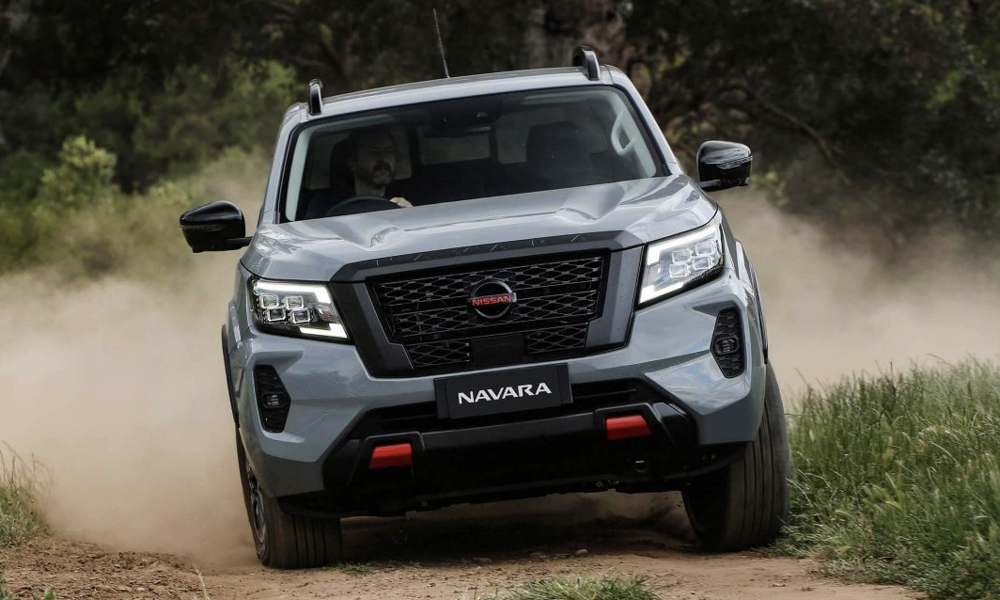
Now, it would be easy to accept that such is the way of life. It is what it is. Vehicles will only get bigger. But then, you now have compact trucks like the Ford Maverick and the Hyundai Santa Cruz that tackle the pickup problem by downsizing. In fact, these vehicles closely match the dimensions of the above-mentioned 1990s trucks—making them more suitable for our tight roads.
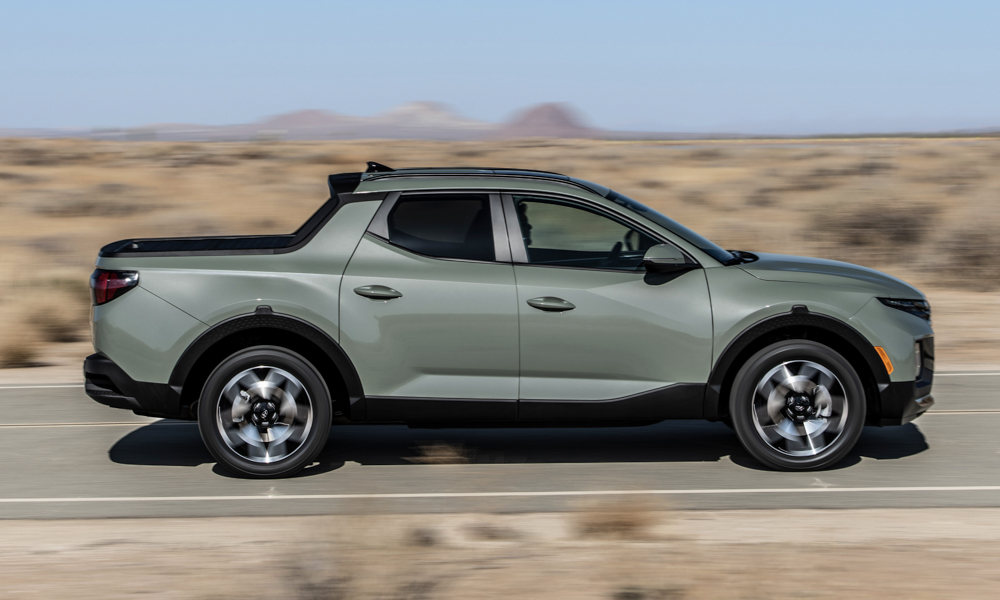
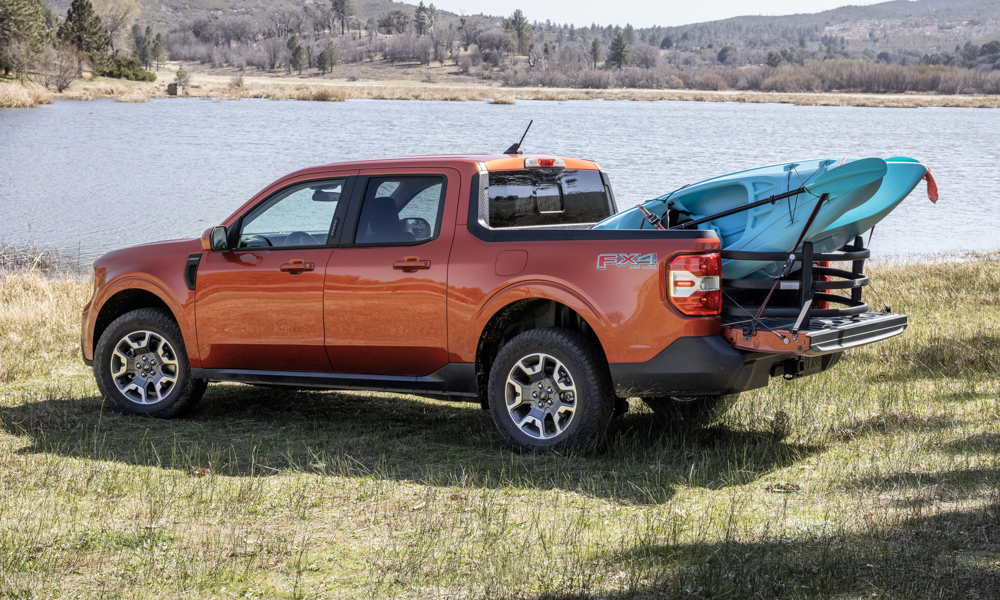
The mere presence of the Maverick and the Santa Cruz means that—in the US, at least—there is a need for compact utility vehicles. Not all customers want a big, burly bruiser of a truck. And the same may be applicable in the Philippines, where cities are crowded and streets are tight and narrow. Consumers may want something just a little more manageable in size than, say, a brand-new Toyota Hilux.
Are locally available pickups these days too big? Do you think smaller trucks like the Maverick have a place here?

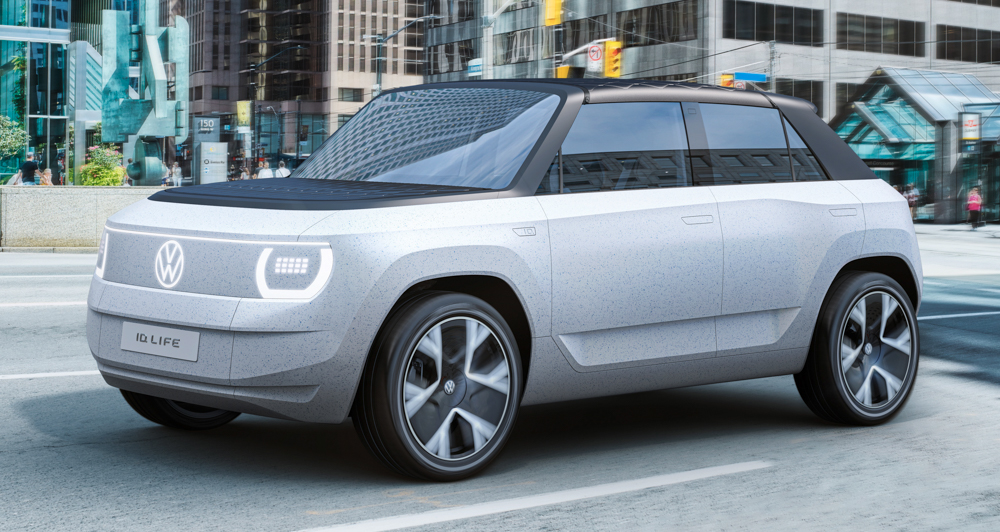
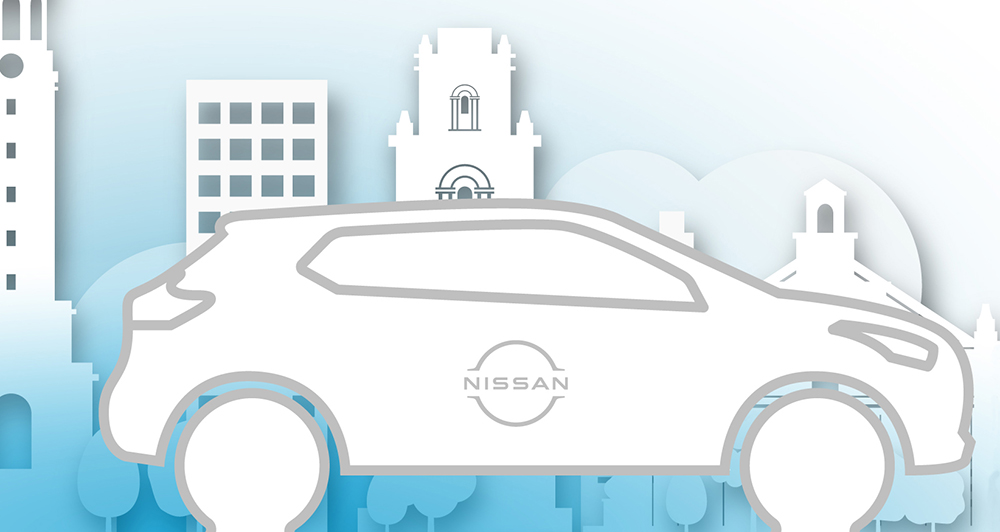
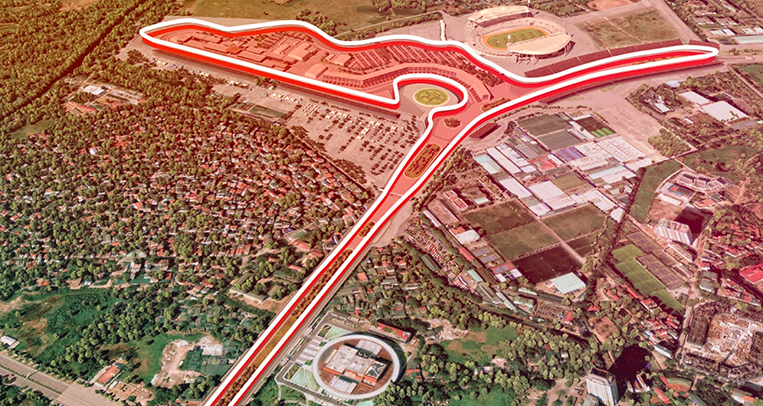
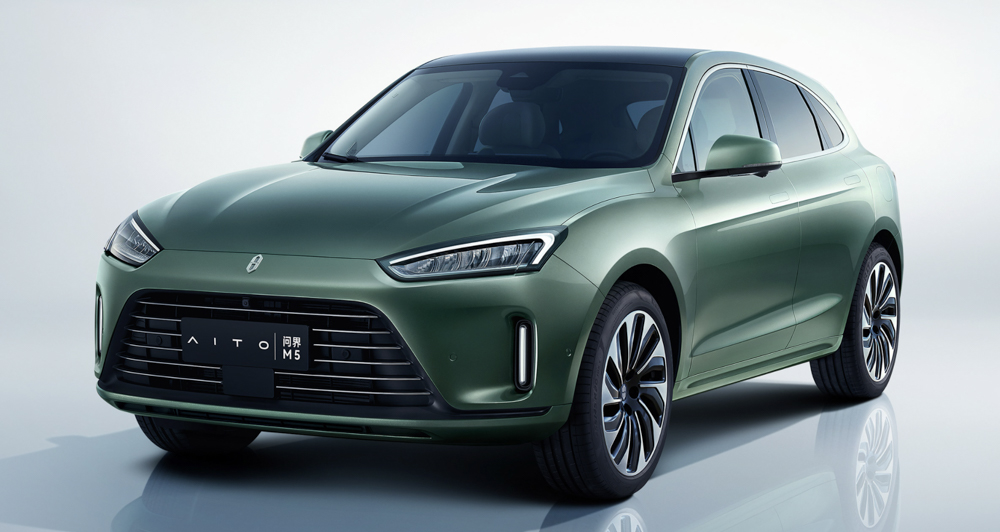
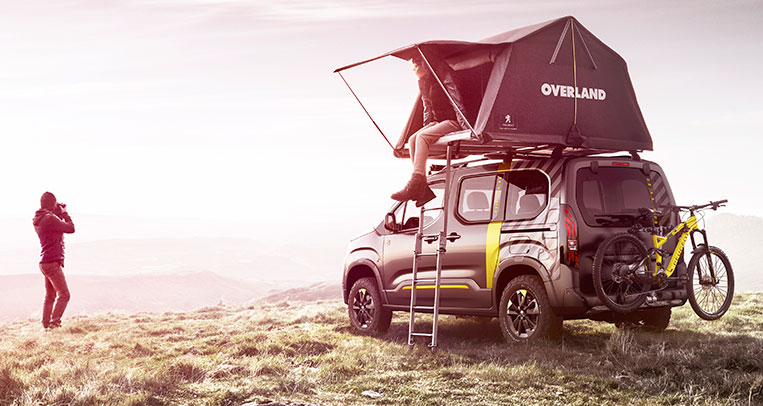





Comments